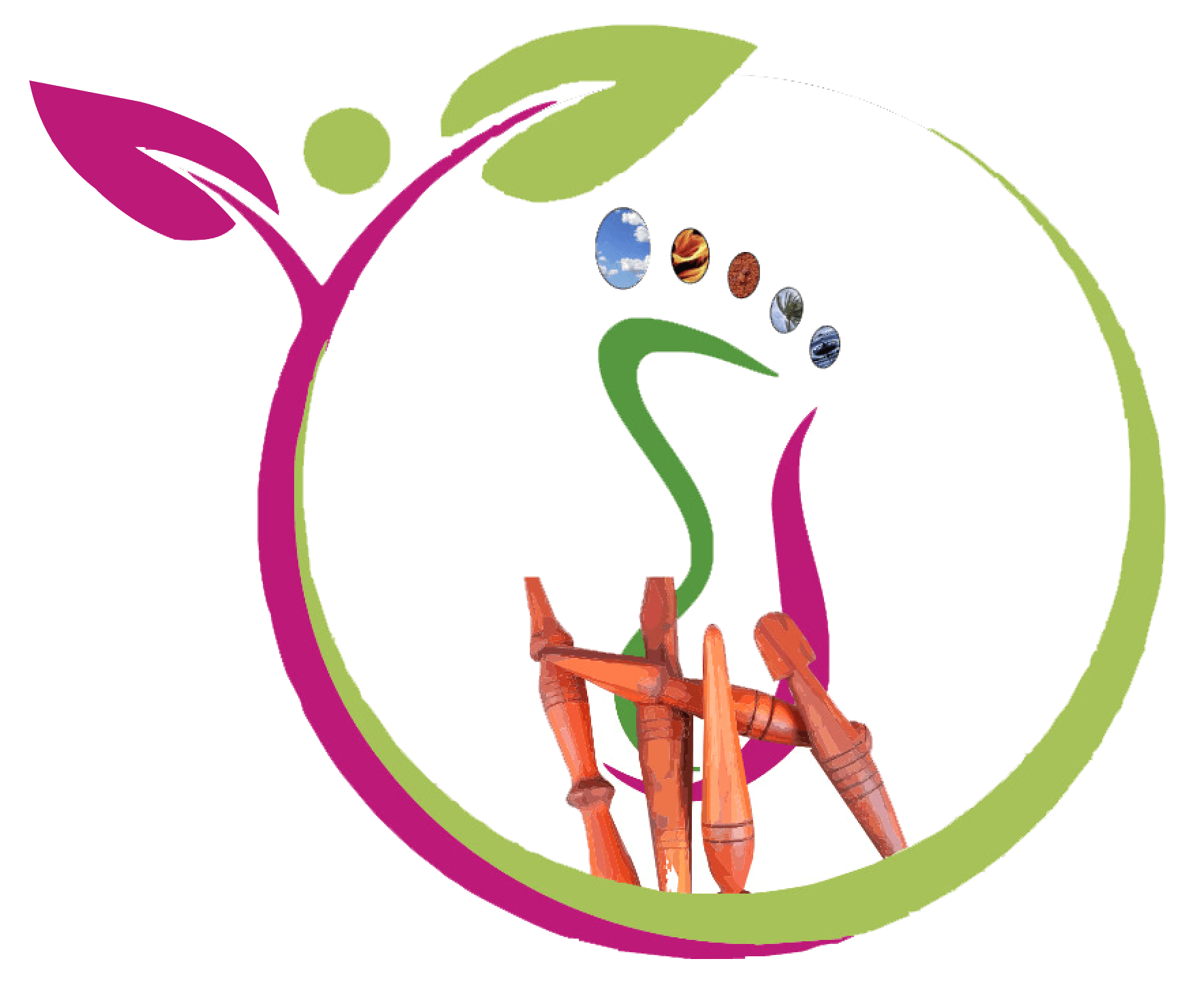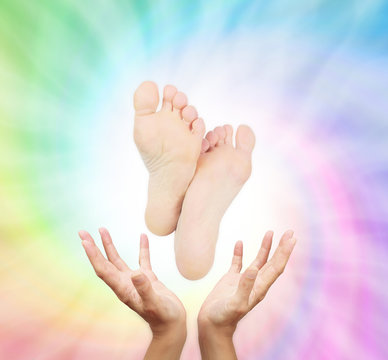Foot reflexology is a therapeutic practice that has been used for centuries across different cultures to promote healing and balance within the body. This holistic therapy involves applying pressure to specific points on the feet, which are believed to correspond to different organs and systems within the body. By stimulating these reflex points, reflexologists aim to enhance the body’s natural healing process, improve circulation, and restore physical and mental harmony. In this post, we’ll explore how foot reflexology works in relation to reflex points and the body’s systems, offering insight into the science and art behind this ancient practice.
- The Concept of Reflex Points: Mapping the Feet to the Body
The foundation of foot reflexology lies in the concept of “reflex points.” These points, found on the soles, tops, and sides of the feet, correspond to different organs, glands, and systems within the body. Reflexologists use these points as a map to the body, stimulating areas of the feet to promote healing and balance in the corresponding parts of the body.
Here’s a simplified version of how the feet are mapped to the body in reflexology:
- Toes: Reflex points in the toes correspond to the head and neck, affecting areas such as the brain, sinuses, and eyes.
- Ball of the Foot: This area connects to the chest and upper torso, impacting the lungs and heart.
- Arch of the Foot: Reflex points in the arch are associated with the digestive organs, including the stomach, pancreas, and liver.
- Heel and Ankle: These areas are linked to the lower body systems, such as the reproductive organs, bladder, and intestines.
By applying pressure to these reflex zones, reflexologists believe they can unblock energy pathways (often referred to as “Qi” in traditional Chinese medicine) and promote the body’s natural healing response.
- The Body Systems and Their Connection to Reflexology
Each reflex point on the foot corresponds to a specific organ or system in the body, allowing reflexologists to target various health concerns. Below are some key body systems and how they relate to reflexology:
- The Nervous System
The nervous system plays a vital role in reflexology. By stimulating reflex points, reflexology encourages the release of tension in the nerves, which can help reduce stress and promote relaxation. Reflex points on the feet correspond to major nerve clusters and organs influenced by the nervous system, such as the brain (found in the big toe) and the spine (which runs along the inner edge of the foot). By massaging these points, reflexologists aim to calm the nervous system, helping to relieve symptoms of anxiety, insomnia, and chronic stress.
- The Circulatory System
Reflexology has a direct impact on the circulatory system, helping to improve blood flow and lymphatic circulation. Reflex points that correspond to the heart (found in the ball of the left foot) and the blood vessels can be stimulated to promote better circulation. Improved blood flow allows oxygen and nutrients to be delivered more efficiently to tissues and organs, aiding in healing and detoxification.
- The Digestive System
Many people turn to reflexology to address digestive issues such as bloating, constipation, or indigestion. Reflex points associated with the stomach, liver, intestines, and pancreas are found in the arch of the foot. By massaging these areas, reflexologists can stimulate the digestive organs, promoting better digestion and relieving discomfort.
- The Endocrine System
The endocrine system is responsible for hormone regulation, affecting everything from mood to metabolism. Reflex points related to the thyroid, pituitary, and adrenal glands can be found on the feet, particularly around the toes and the top of the foot. By working on these reflex points, reflexologists aim to balance hormone production and improve overall well-being, making reflexology helpful for conditions related to hormone imbalances like thyroid issues, PMS, or menopause symptoms.
- The Lymphatic and Immune System
Reflexology can support the body’s natural detoxification process by stimulating the lymphatic system, which helps remove waste and toxins from the body. Reflex points related to the lymph nodes, spleen, and thymus are often targeted to enhance lymphatic drainage and support immune function. Regular reflexology sessions can help boost the immune system, making the body more resistant to illnesses.
- How Reflexology Promotes Balance and Healing
Foot reflexology is based on the principle that the body is interconnected through energy pathways. When these pathways are blocked, it can lead to physical or emotional imbalances, manifesting as pain, discomfort, or illness. Reflexology seeks to clear these blockages by applying precise pressure to reflex points, allowing energy to flow freely through the body.
Here’s how reflexology promotes healing:
- Stimulates the Nervous System
- Improves Circulation
- Balances Energy
- Triggers the Body’s Relaxation Response
- What to Expect During a Reflexology Session
A typical reflexology session involves the therapist using their thumbs, fingers, and knuckles to apply pressure to various points on the feet. Depending on the client’s health needs, the reflexologist may focus on specific areas or perform a general treatment. Most people experience a deep sense of relaxation during and after the session, as reflexology encourages the body to release tension and enter a state of calm.
While reflexology is not meant to replace conventional medical treatments, it can be an excellent complementary therapy for enhancing overall health. Whether you’re seeking relief from chronic pain, stress, digestive issues, or hormonal imbalances, reflexology can offer a non-invasive, holistic approach to improving well-being.
Conclusion
Foot reflexology offers a fascinating approach to health and wellness by connecting different parts of the body to specific points on the feet. Through the stimulation of reflex points, this practice aims to support the body’s natural healing processes, improving circulation, reducing pain, enhancing digestion, and promoting overall balance.



